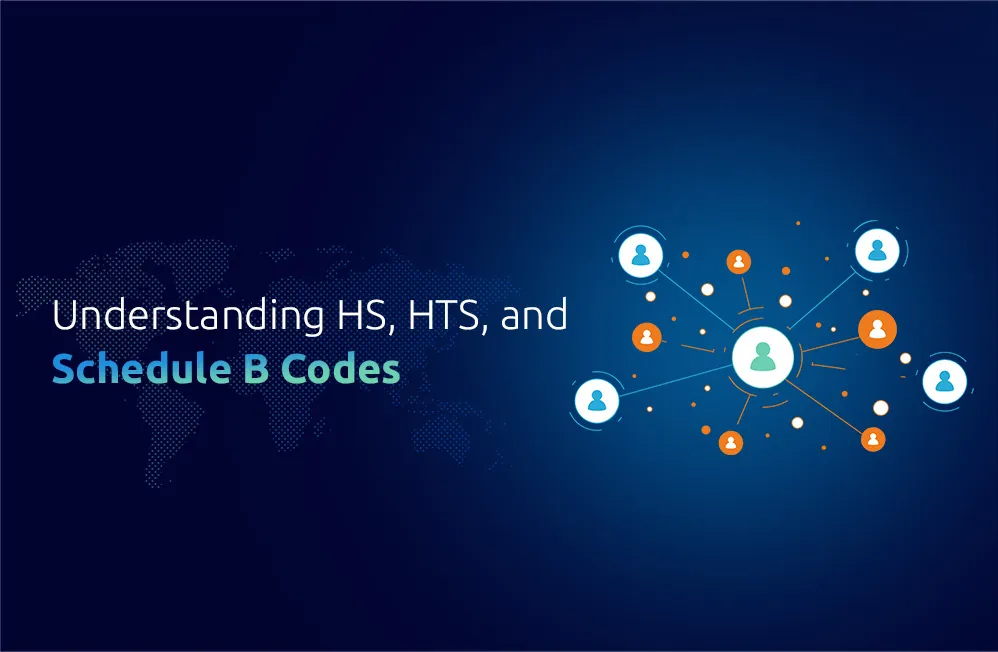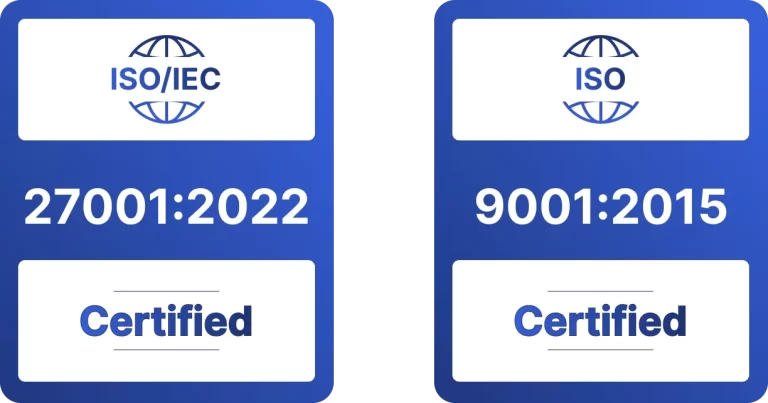Insight
The exact identification of products forms an essential element in global commerce systems. The classification system helps identify products correctly, enabling proper tariff and taxation procedures and regulatory compliance. The product classification methods for aviation, automobile, IT/data centers, & medical equipment present complex business challenges since these techniques differ between countries. Three classification systems repeatedly used in international trade include the HS Harmonized System, the HTS Harmonized Tariff Schedule, and the Schedule B coding system. Businesses must understand product code operations and their importance because it ensures perfect import/export trading processes.
The Harmonized System / HS
The Harmonized System (HS) is a globally standardized classification system used by customs authorities worldwide. The World Customs Organization (WCO) developed and maintains it. More than 200 countries and economies use the system to categorize products traded internationally.
The HS is a six-digit code that classifies goods according to their nature and composition. The first two digits of the code show the chapter, which indicates the product category (machinery, medical equipment, electronics, etc.). Then, it is followed by two digits for the heading, further dividing the category into even more specific product groups. The last two indicate the subheading, which details the product’s characteristics.
For instance, the HS code of the aircraft is 8802. In plain English, the “88” means the chapter covering aircraft and spacecraft, and the “02” means the heading covering parts of aircraft.
The main advantage of HS lies in its worldwide popularity. Using the same classification system helps businesses identify goods properly across borders. Simplifying import/export processes while adhering to international trade regulations. Making customs declarations easier.
The Harmonized Tariff Schedule (HTS)
The HS system is universally accepted, while the HTS code is specific to the U. The HTS determines which tariffs, or duties, apply to imported products that enter the U.S. The last two digits of HS (HSN) are subdivided into sub-script levels of 4 digits as per the HSN code, and the Director General of Foreign Trade (DGFT) has its extended classification (HTS). The HS code system has been extended to HTS to provide a 10-digit code.
The first six digits of the HTS code correspond to the HS code, with the next four digits denoting U.S. regulations and trade agreements. Pass GTRS would further classify specific products under HS codes down to the 10th digit; e.g., HTS codes 9018.19.60.20 for a specific instrument ensures HS codes that specify types of medical instruments can be used and highlight whether, e.g., a trade term under U.S. customs regulations requires special treatment to be adopted.
HTS codes are significant to companies as they directly impact the total duty or tariff a company pays to bring goods into the U.S. Misclassifying products under an incorrect HTS code can result in a shortfall or overpayment of tariffs, which can delay or lead to penalties for underpayment.
Schedule B Codes
Schedule B is specific to the U.S. and is used for export reporting. The Schedule B system, which focuses on goods for export, is maintained by the U.S. Census Bureau. Similar to HS and HTS codes, Schedule B codes are a means of product classification that allows goods to move freely across international borders.
While the HS and HTS codes help identify products for customs purposes, Schedule B codes are specifically designed to track exports. The Schedule B system is more detailed than the HS system, adding additional digits to the code to provide greater precision.
Like the HTS, which evaluates tariffs and taxes on imports, Schedule B codes allow the U.S. government to monitor export trends and where American-made goods are sent.
For instance, if a company was exporting IT equipment like servers or routers, it would be required to apply the appropriate Schedule B code on its export documentation. Improper misidentification of products under Schedule B may cause delays in shipment, licensure problems, or even trade compliance violations for businesses.
Why Product Classification Matters for Your Business
The correct product codes enable proper customs declarations and accurate tariffs. For instance, the tariff rate for these medical supplies might differ based on their classification. Analyze a product incorrectly, and your business potentially overpays or underpays duties, with monetary consequences.
Ensuring Correct Product Classification
Companies must remain informed when new changes to the HS, HTS, and Schedule B systems are being made to ensure the appropriate classification of their products. These codes are frequently verified from country to country, which means businesses must keep themselves updated on the codes, and in case of classification changes in their product, re-verification is necessary.
Working with trade compliance specialists or customs brokers who can guarantee products are classified correctly is also important. These experts understand classification systems and can ensure your products are applying the right codes.
Conclusion
Knowledge of product classification systems is vital for businesses engaged in international shipping. Accurate classification is important for adhering to global trade regulations and minimizing the chances of delays, preventing businesses from facing expensive errors. We help businesses avoid such bulky scenarios as compliance and logistics; professionals at One Union Solutions validate proper product classification and ensure uninterrupted international trade operations.
Did You Know,
In 2022, over $200 billion worth of IT equipment was exported from the US, with classification codes playing an essential part in facilitating trade agreements and export control compliance.
FAQs
Q: How do HS and HTS codes differ?
Ans: While HS codes classify products worldwide, HTS codes are specific to the US and used to determine import tariffs. HTS codes provide an even more detailed view of import and export goods by adding four more digits to the HS code.
Q. What is the reason for Schedule B codes for exports?
Ans: Schedule B codes are used to identify U.S. exports and are an invaluable way to monitor trade trends, comply with export controls & ensure products are classified correctly for customs purposes.
Q. What is the impact of misclassification on my business?
Ans: It can lead to delays in delivery, payment of the wrong tariff/tax, penalties, and legal issues. It also affects your supply chain and increases the risk of non-compliance with government regulations.
Q. Can I classify products independently, or should I employ a professional?
Ans: Businesses may self-classify products, but working with trade compliance professionals or software tools that verify this classification is crucial to reduce risks and ensure consistency and alignment between product offerings and risks. Therefore, hiring professional help is always preferable.
Q. How often do product classification codes change?
Ans: Custom authorities need to update product classification codes occasionally. Businesses must keep informed of changes and ensure their product classifications are current and correct.












